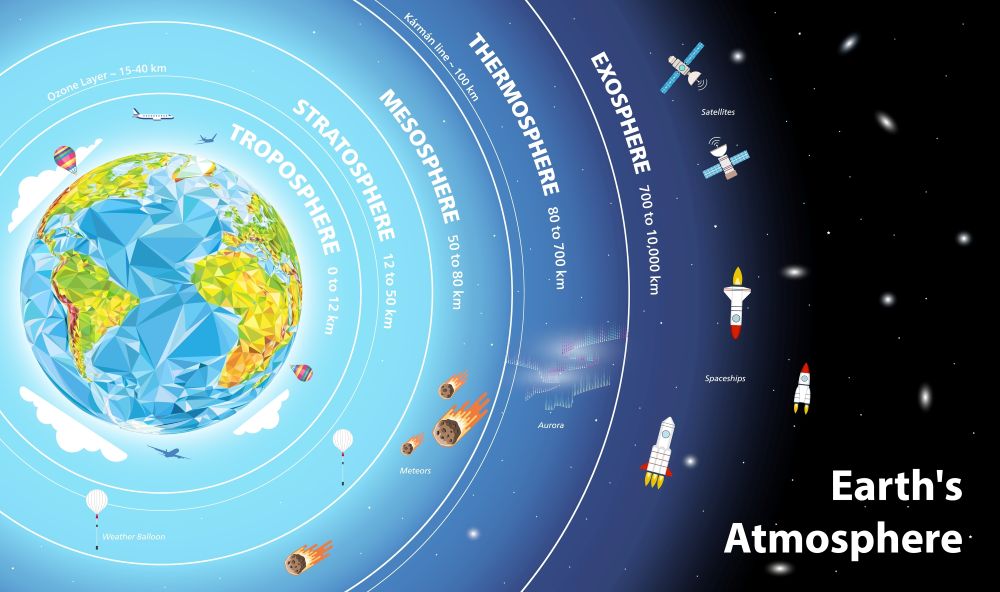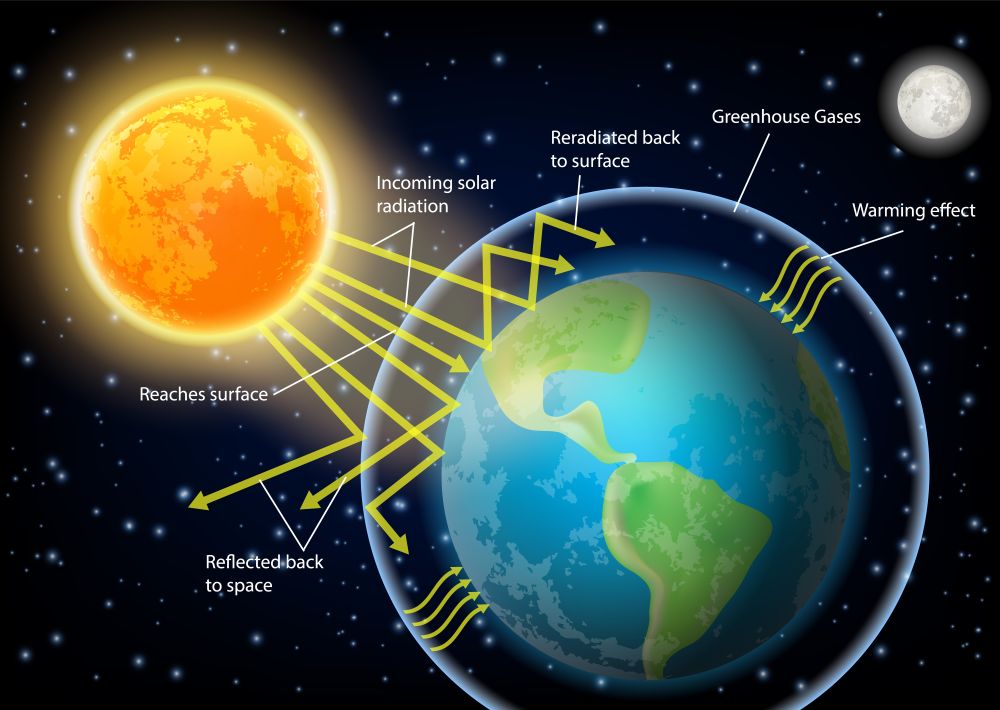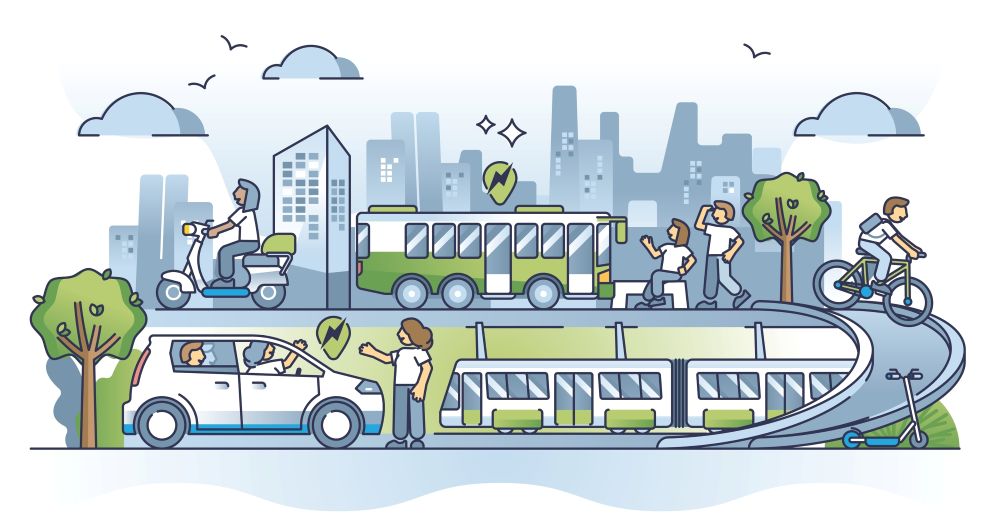Please think of the Earth as a cosy blanket that wraps around us. This blanket keeps us warm and comfortable, but if it gets too thick, it can make us too hot! The Earth has a layer of gases called the atmosphere that keeps us warm like a blanket. However, when human activities release excessive amounts of greenhouse gases (GHGs) like carbon dioxide (CO2), methane (CH4), nitrous oxide (N2O), chlorofluorocarbons (CFCs), and hydrofluorocarbons (HFCs) into the atmosphere, it can lead to the Earth overheating, a phenomenon known as global warming. Let’s explore how technology can help us regulate and maintain the ideal temperature for our planet!
Global warming happens when gases like carbon dioxide in the atmosphere trap heat from the sun. While this is a natural process, human activities—like burning fossil fuels for energy—release extra gases into the air. Too many of these gases can make the Earth feel like it’s under a thick, hot blanket, which isn’t good for plants, animals, or us!
One of the best ways to help the Earth is to use renewable energy, which comes from nature and doesn’t pollute. For example, solar panels can turn sunlight into electricity, wind turbines use the power of the wind, and hydro energy harnesses flowing water. Using these clean energy sources can lower the amount of greenhouse gases in the air!
We can also be energy-efficient. Have you ever forgotten to turn off a light? Smart technology helps us use energy wisely. Smart homes can adjust lighting and heating automatically to save energy, while energy-efficient appliances use less energy to do tasks like washing clothes . Using less energy helps reduce the gases that cause global warming!
Scientists use advanced technologies such as artificial intelligence or machine learning to create models predicting Earth’s climate. These models help us see how different actions affect our planet. By understanding potential future changes, we can make better choices today. If we know some actions can lead to severe weather, we can plan to avoid them.
Transportation is another important factor in climate change. Cars that run on gasoline emit many greenhouse gases, but technology makes a difference! Public transportation and ridesharing also help reduce the number of cars on the road, which means less pollution.
Some scientists and researchers are developing a technology called carbon capture and storage (CCS), which captures CO2 from industrial sources like factories and power plants before it can be released into the atmosphere and stored underground. Think of it as trapping heat under a blanket to keep it from escaping! The CO2 is carefully stored in deep geological formations, such as old oil and gas fields or saline aquifers, with continuous monitoring to prevent leakage. This method helps lower the amount of CO2 in the atmosphere, playing a key role in combating climate change and reducing the risk of further global warming.
Just like a blanket keeps us warm, the Earth’s atmosphere protects us. However, we need to be careful not to make it too thick with GHGs. Technology can help us tackle global warming through renewable energy, energy efficiency, climate modelling, green transportation, and carbon capture. While technology is powerful, it’s also essential for everyone to take care of our planet. By using these tools and working together, we can keep the Earth cosy—not too hot, but just right for everyone! Let’s be heroes for our planet!








